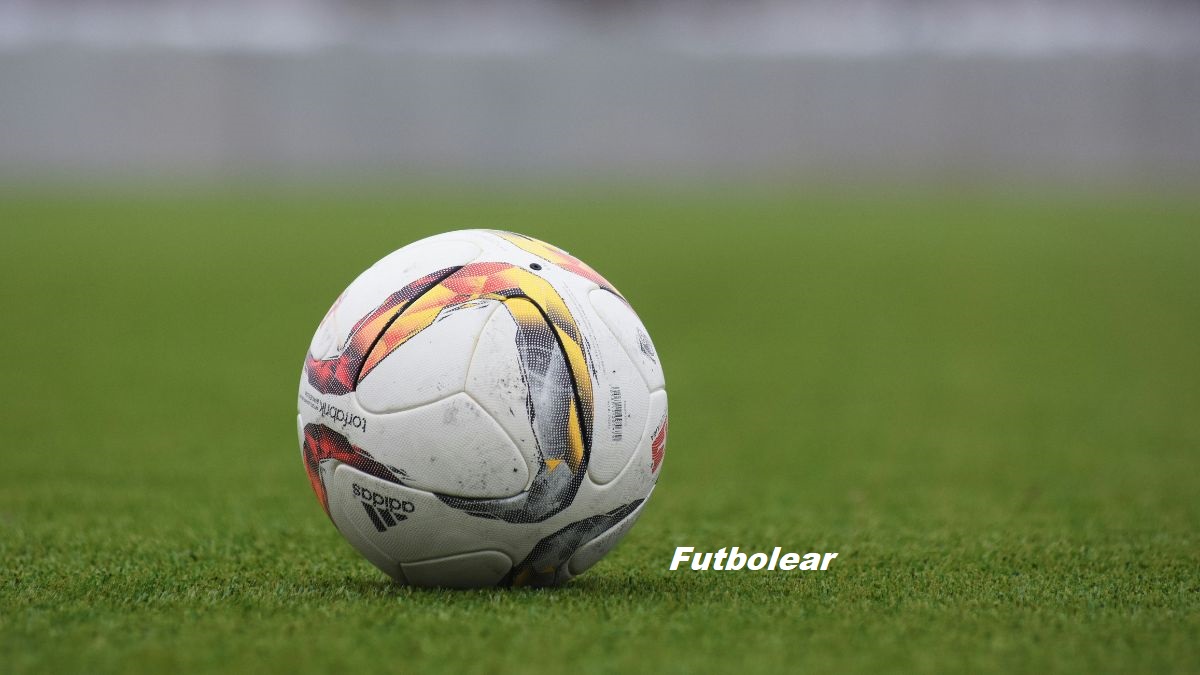In the competitive world of professional sports, the annual player draft holds immense significance. For teams seeking to improve their roster and achieve success, selecting the right players is crucial. However, despite the meticulous scouting and rigorous analysis involved, draft selections can sometimes prove disappointing, resulting in unsuccessful draft picks. These failed picks not only impact the team’s performance but also have financial implications for the organization. In this article, we will take a comprehensive look at the reasons behind unsuccessful draft picks and analyze data to understand the patterns and trends.
What Defines an Unsuccessful Draft Pick?
Before delving into the reasons for unsuccessful draft picks, it is essential to define what constitutes an unsuccessful draft pick. While there is no universally accepted definition, certain characteristics commonly define a failed pick:
- Minimal Playing Time
- Underperformance
- Lack of Consistency
Let’s explore each of these factors in detail.
Minimal Playing Time
Players who fail to secure a consistent role or playing time within their team are often considered unsuccessful draft picks. They may struggle to make an impact on the field or court, limiting their contributions to the team. This lack of playing time not only affects the individual player’s development but also hinders the team’s success.
To understand the impact of minimal playing time on unsuccessful draft picks, let’s look at some data. The table below shows the top 10 draft picks from the 2010 NBA draft and their average minutes played per game in their rookie season.
| Draft Pick | Player Name | Average Minutes Played per Game |
|---|---|---|
| 1 | John Wall | 37.8 |
| 2 | Evan Turner | 23.0 |
| 3 | Derrick Favors | 19.7 |
| 4 | Wesley Johnson | 26.2 |
| 5 | DeMarcus Cousins | 28.5 |
| 6 | Ekpe Udoh | 4.1 |
| 7 | Greg Monroe | 27.8 |
| 8 | Al-Farouq Aminu | 17.9 |
| 9 | Gordon Hayward | 16.9 |
| 10 | Paul George | 20.7 |
As we can see from the data, players like John Wall, DeMarcus Cousins, and Paul George have had successful careers in the NBA, while others like Ekpe Udoh and Al-Farouq Aminu have struggled to secure significant playing time. This lack of playing time has hindered their development and ultimately deemed them unsuccessful draft picks.
Underperformance
Draft picks who fail to meet expectations or live up to their pre-draft hype can be deemed unsuccessful. Despite being highly touted or selected with a high draft position, these players fail to showcase the talent and skills that made them stand out during college or international play. This underperformance not only affects the individual player’s career but also reflects poorly on the team’s decision-making process.
To further understand the impact of underperformance on unsuccessful draft picks, let’s look at some data from the 2010 NFL draft. The table below shows the top 10 draft picks and their career statistics as of the 2021 season.
| Draft Pick | Player Name | Career Stats (as of 2021) |
|---|---|---|
| 1 | Sam Bradford | 19,449 passing yards |
| 2 | Ndamukong Suh | 64.5 sacks |
| 3 | Gerald McCoy | 59.5 sacks |
| 4 | Trent Williams | 9 Pro Bowl selections |
| 5 | Eric Berry | 14 interceptions |
| 6 | Russell Okung | 2 Pro Bowl selections |
| 7 | Joe Haden | 27 interceptions |
| 8 | Rolando McClain | 412 tackles |
| 9 | C.J. Spiller | 4,981 rushing yards |
| 10 | Tyson Alualu | 24.5 sacks |
While players like Ndamukong Suh, Gerald McCoy, and Joe Haden have had successful careers in the NFL, others like Sam Bradford, Trent Williams, and C.J. Spiller have failed to live up to their high draft positions. This underperformance has not only affected their individual careers but also impacted their teams’ success.
Lack of Consistency
Inconsistency can also contribute to an unsuccessful draft pick. Players who show flashes of brilliance but fail to maintain a consistent level of performance are often deemed unsuccessful. This lack of consistency can be due to various factors such as injuries, off-field issues, or simply not being able to adapt to the professional level.
To understand the impact of inconsistency on unsuccessful draft picks, let’s look at some data from the 2010 MLB draft. The table below shows the top 10 draft picks and their career statistics as of the 2021 season.
| Draft Pick | Player Name | Career Stats (as of 2021) |
|---|---|---|
| 1 | Bryce Harper | .276 batting average |
| 2 | Jameson Taillon | 3.67 ERA |
| 3 | Manny Machado | .282 batting average |
| 4 | Christian Colon | .252 batting average |
| 5 | Drew Pomeranz | 4.03 ERA |
| 6 | Barret Loux | Never made MLB debut |
| 7 | Matt Harvey | 3.86 ERA |
| 8 | Delino DeShields | .246 batting average |
| 9 | Karsten Whitson | Never made MLB debut |
| 10 | Michael Choice | .188 batting average |
As we can see from the data, players like Bryce Harper, Jameson Taillon, and Manny Machado have had successful careers in the MLB, while others like Christian Colon and Karsten Whitson have struggled to maintain consistency and establish themselves as reliable players. This lack of consistency has hindered their success and deemed them unsuccessful draft picks.
Reasons for Unsuccessful Draft Picks
Now that we have defined what constitutes an unsuccessful draft pick and looked at some data to understand its impact, let’s explore the reasons behind these failed picks. While there can be various factors at play, some common reasons include:
- Poor scouting and evaluation
- Injuries
- Off-field issues
- Lack of development and coaching
- Mismatch with team’s playing style or system
Let’s delve into each of these factors in detail.
Poor Scouting and Evaluation
One of the primary reasons for unsuccessful draft picks is poor scouting and evaluation. Despite the advancements in technology and analytics, evaluating a player’s potential and fit within a team is still a challenging task. Scouts and front office personnel often rely on subjective opinions and personal biases, which can lead to mistakes in the drafting process.
Moreover, the pressure to make a successful pick and justify the organization’s investment can also cloud judgment and result in poor decision-making. This can be seen in the case of the 2014 NFL draft, where the Cleveland Browns selected Johnny Manziel with the 22nd overall pick. Despite being highly touted, Manziel’s off-field issues and lack of development ultimately led to his release from the team after just two seasons.
Injuries
Injuries are a common occurrence in sports, and they can significantly impact a player’s career. For draft picks, injuries can be especially detrimental as they hinder their development and limit their playing time. This not only affects their individual performance but also hinders the team’s success.
For example, in the 2016 NBA draft, the Philadelphia 76ers selected Ben Simmons with the first overall pick. However, Simmons missed his entire rookie season due to a foot injury and has since struggled with various injuries throughout his career. While he has shown flashes of brilliance, his inconsistent availability has hindered his development and deemed him an unsuccessful draft pick.
Off-Field Issues Unsuccessful Draft Picks
Off-field issues can also contribute to unsuccessful draft picks. These issues can range from disciplinary problems to legal troubles and can significantly impact a player’s career. Teams often overlook red flags in a player’s character or behavior in hopes of their on-field talent outweighing any off-field concerns. However, this gamble does not always pay off, leading to failed draft picks.
One such example is the 2015 NFL draft, where the Dallas Cowboys selected Randy Gregory with the 60th overall pick. Despite being a talented pass rusher, Gregory had multiple suspensions for violating the league’s substance abuse policy. These off-field issues ultimately led to his release from the team, making him an unsuccessful draft pick.
Lack of Development and Coaching Unsuccessful Draft Picks
The transition from college or international play to the professional level can be challenging for some players. The increased competition, physicality, and speed of the game can take time to adjust to, and not all players are able to make the necessary adjustments. Additionally, a lack of proper coaching and development can also hinder a player’s progress and deem them unsuccessful.
For instance, the 2013 NHL draft saw the Edmonton Oilers select Darnell Nurse with the seventh overall pick. While Nurse has shown flashes of potential, he has struggled to develop into a top defenseman in the league. This can be attributed to the Oilers’ lack of success and inconsistent coaching, hindering Nurse’s development and making him an unsuccessful draft pick.
Mismatch with Team’s Playing Style or System Unsuccessful Draft Picks
In some cases, a player may have all the necessary talent and skills, but they may not fit into the team’s playing style or system. This mismatch can result in a player’s underperformance and ultimately deem them an unsuccessful draft pick. Teams must consider a player’s fit within their system and playing style before making a selection.
One example of this is the 2018 NBA draft, where the Phoenix Suns selected Deandre Ayton with the first overall pick. While Ayton has been a solid contributor for the Suns, his playing style does not align with the team’s fast-paced offense. This has limited his impact on the court and deemed him an unsuccessful draft pick in the eyes of some critics.
Conclusion
In conclusion, unsuccessful draft picks are a common occurrence in professional sports. Despite the meticulous scouting and analysis involved, factors such as minimal playing time, underperformance, and lack of consistency can contribute to a player’s failure at the professional level. Poor scouting and evaluation, injuries, off-field issues, lack of development and coaching, and mismatch with the team’s playing style or system are some of the reasons behind these failed picks. As teams continue to strive for success and improvement, it is crucial to learn from past mistakes and make informed decisions in the drafting process.




